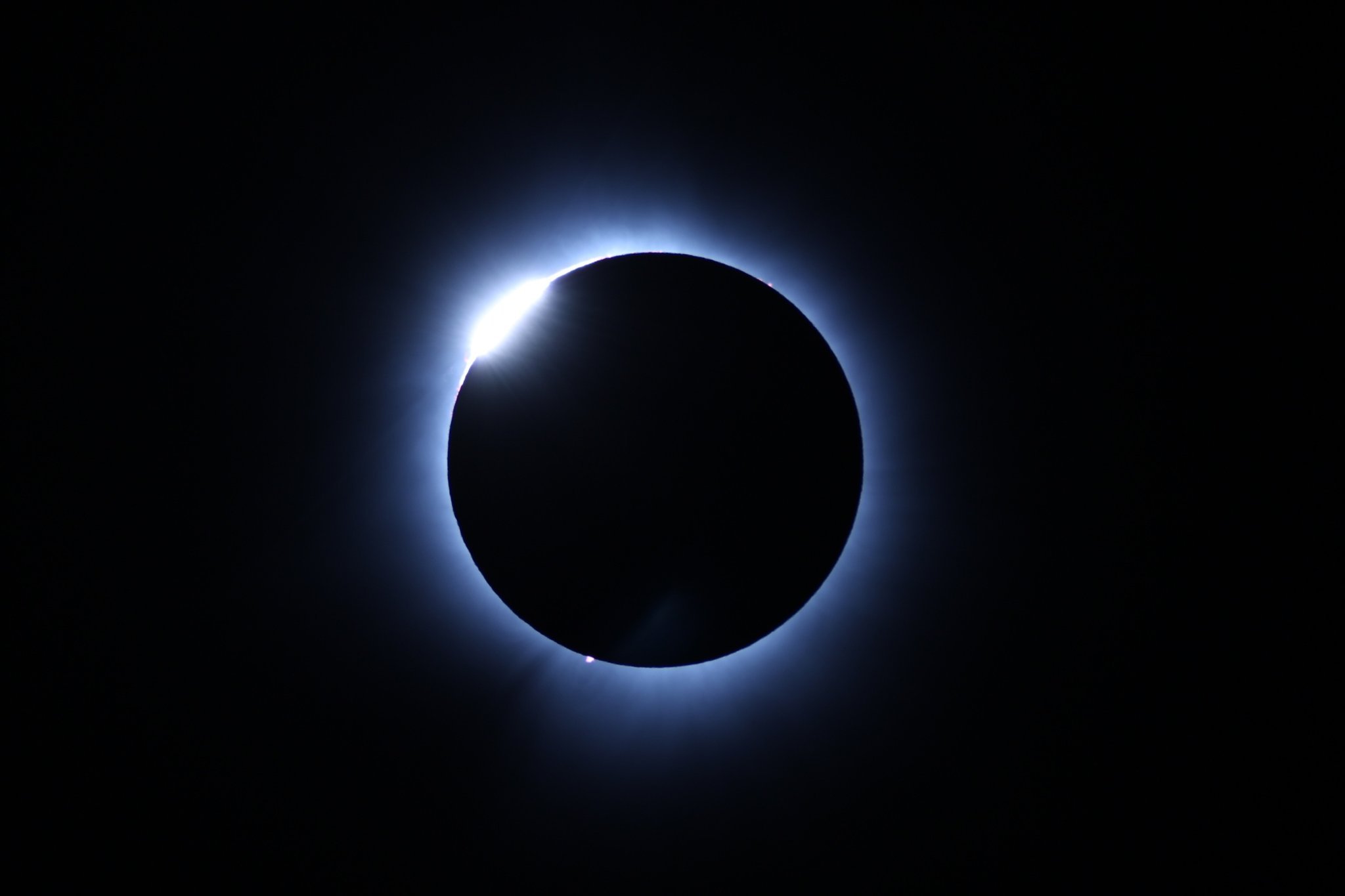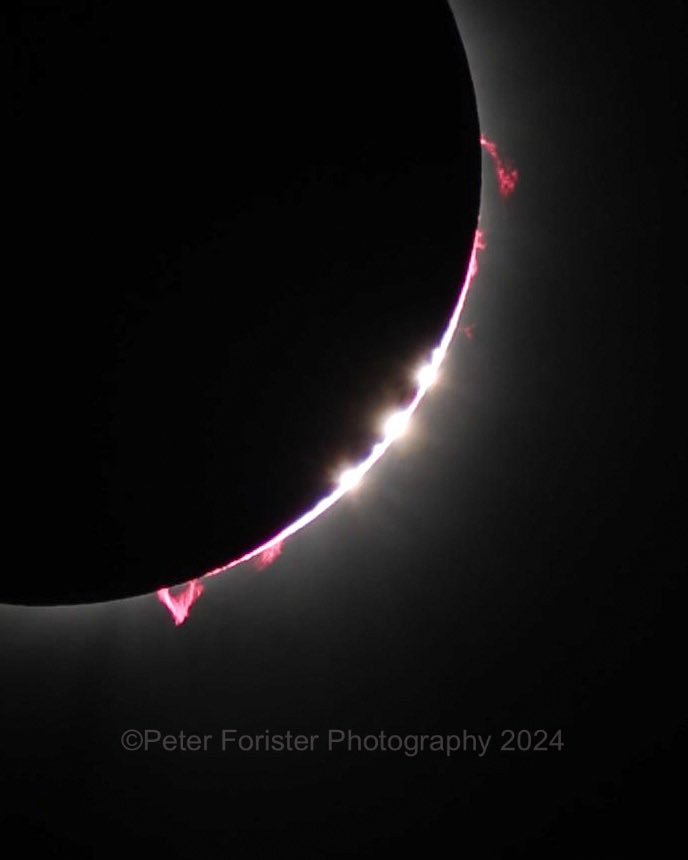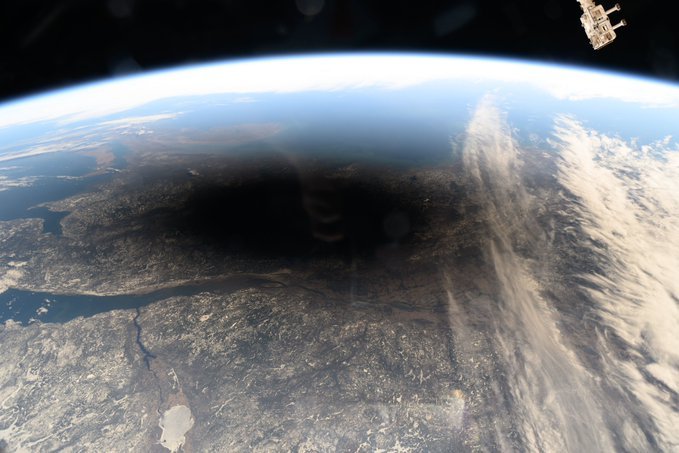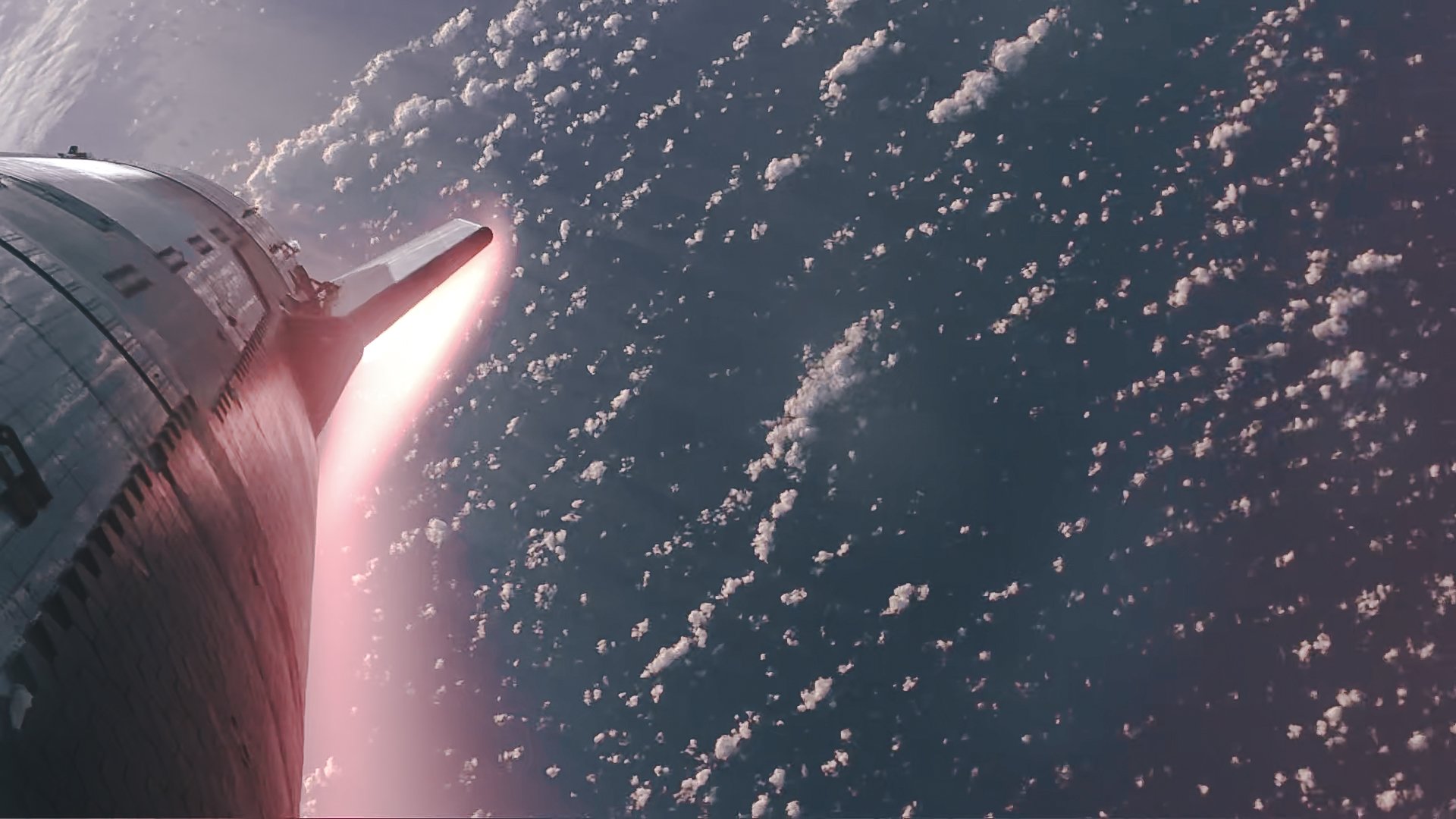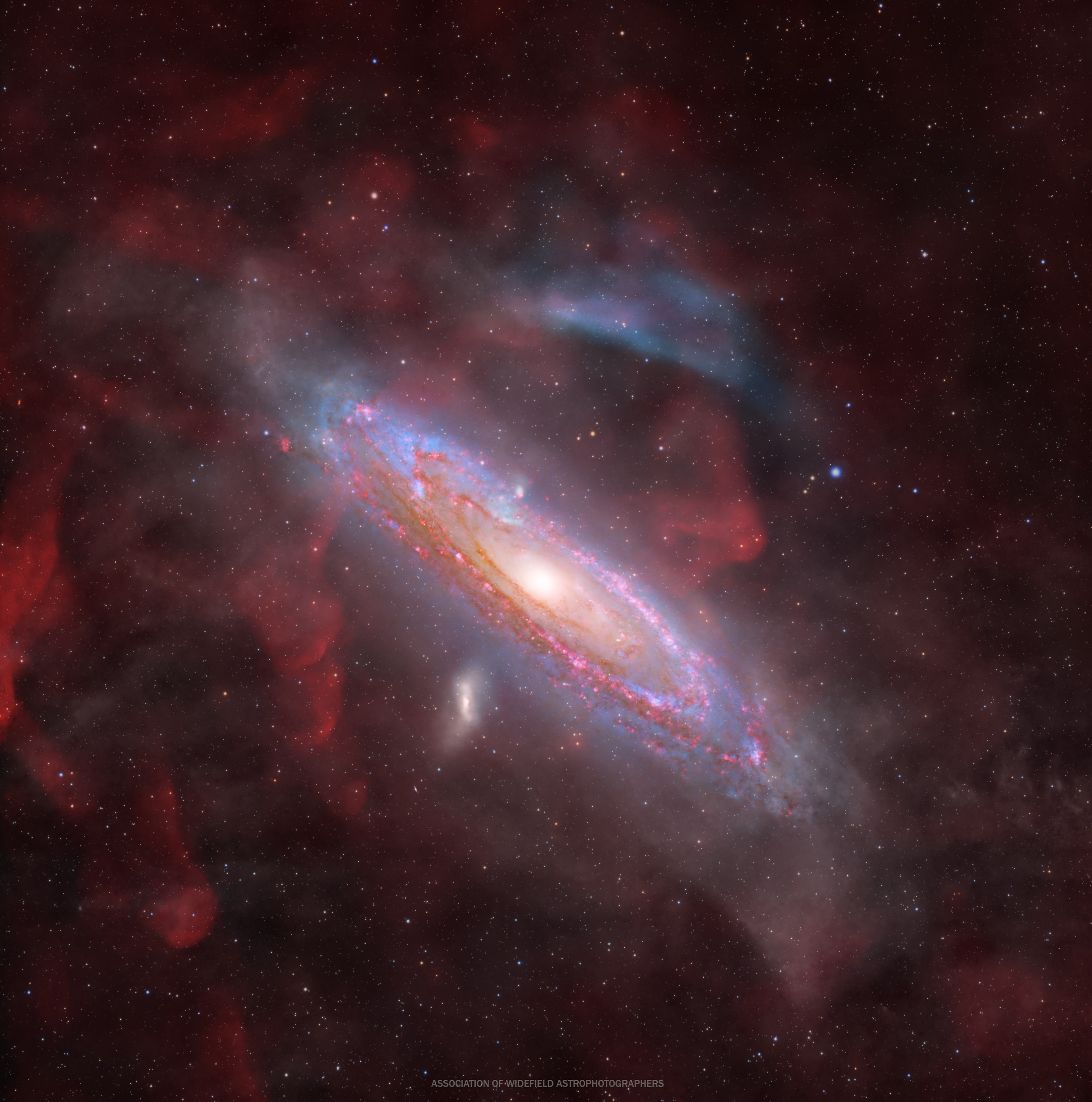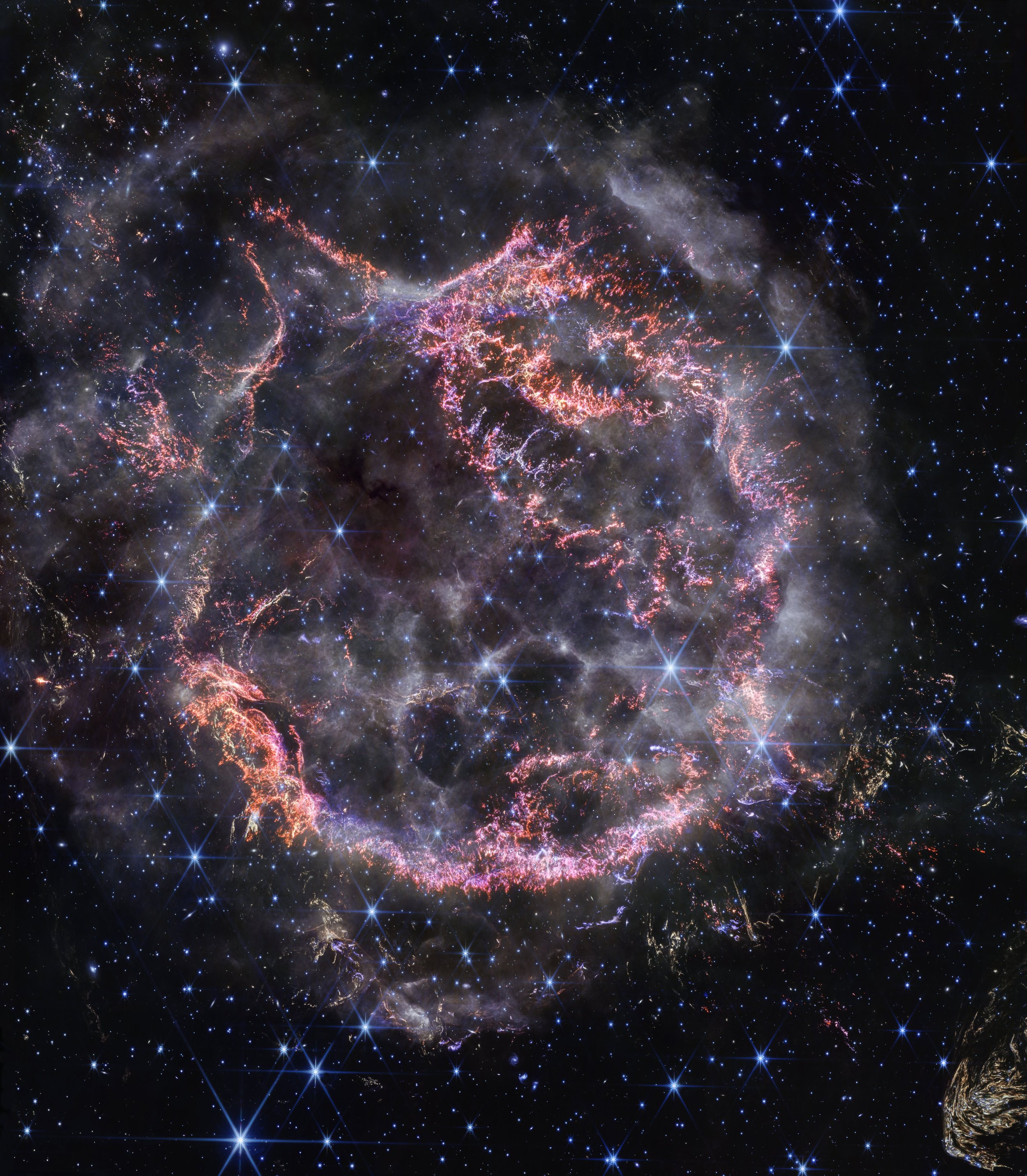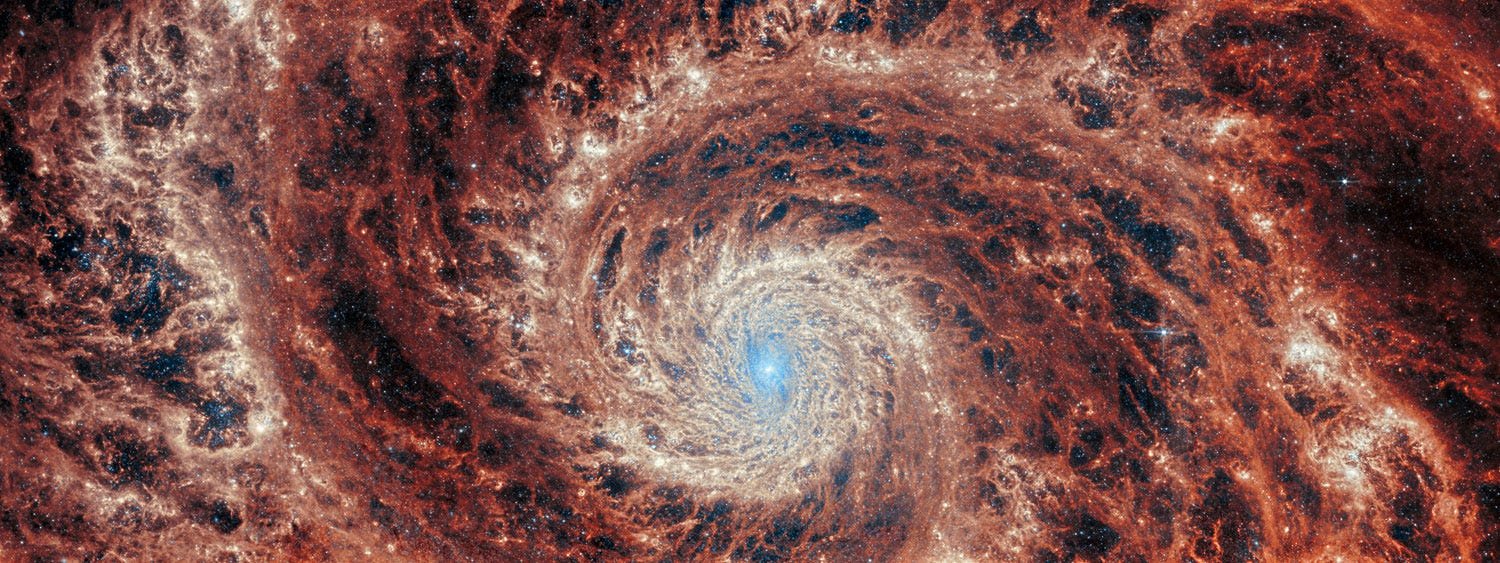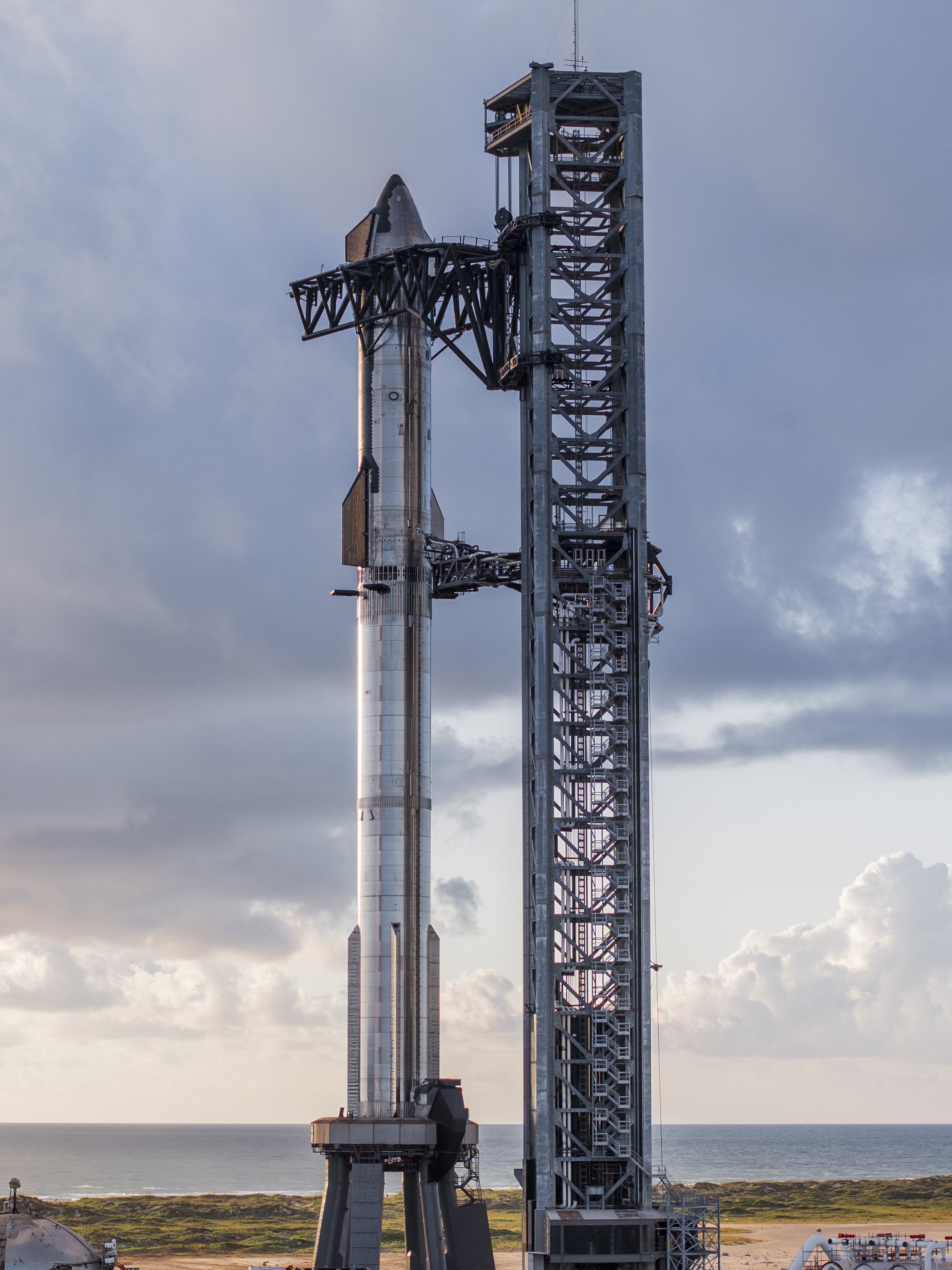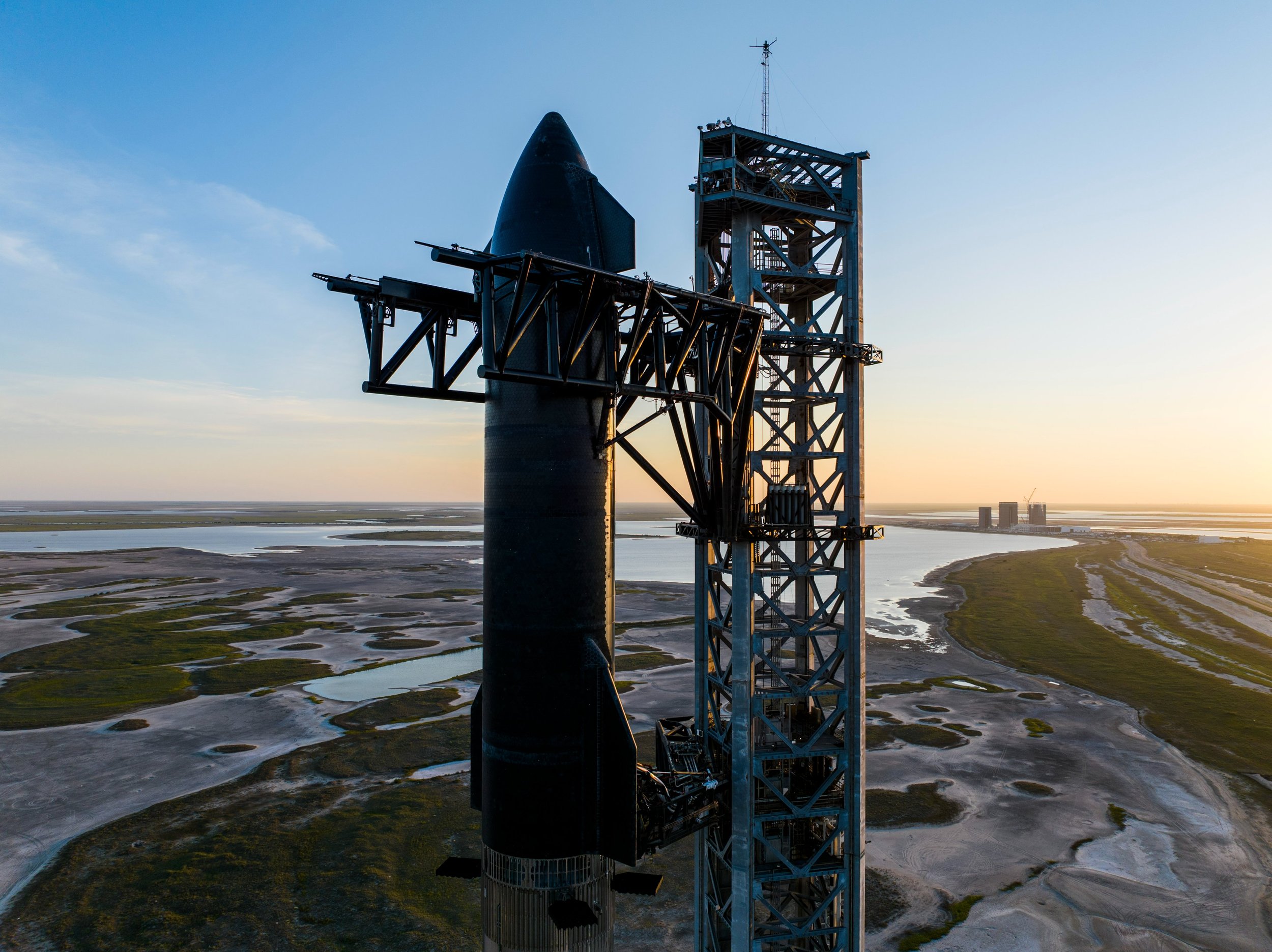Check out this incredible image of the solar flare that caused* our aurora party last weekend!
*Okay, technically this is not the exact flare that triggered the auroras, but it was captured in the same time frame from the same region. :)
Via APOD: https://apod.nasa.gov/apod/ap240515.html
“Pictured, a large multi-pronged solar prominence was captured extending from chaotic sunspot region AR 3664 out into space, just one example of the particle clouds ejected from this violent solar region. The Earth could easily fit under this long-extended prominence.”


